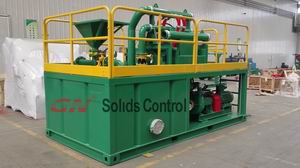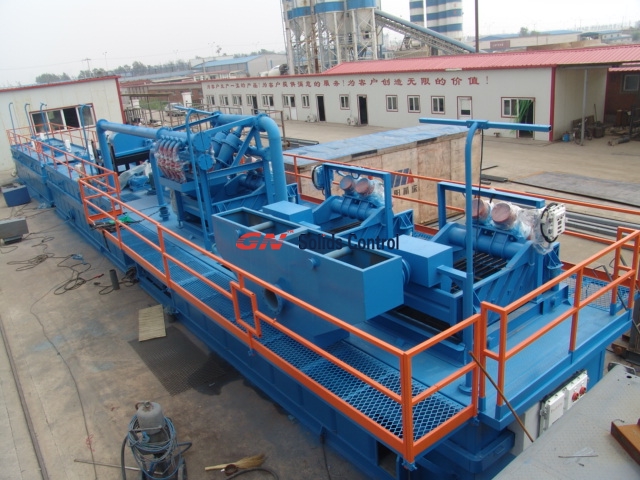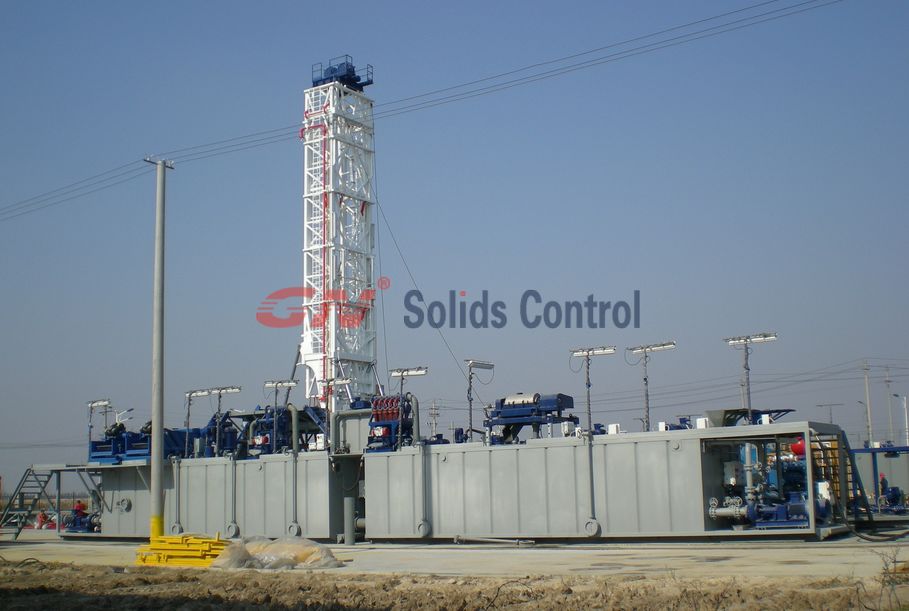In recent years, with the increasing number of deep wells and special process wells, the drilling fluid system has become more and more complicated, the use of drilling fluids has become more and more frequent, and more and more heavy materials have been used. This has not only increased drilling fluid costs but also increased the Staff’s labor intensity. The barite recycling plant designed and produced by our company came into being. This device can not only recover the barite, but also remove the low-density and harmful solid phase in the mud.
To explore the application value of this set of barite recovery devices, we must first understand the main role of barite in the drilling industry:
Function 1. Barite is generally used as a weighting agent for drilling mud to control formation pressure balance and prevent blowout during drilling.
Second, in the oil-based drilling fluid drilling project, it can be adsorbed on the well wall to play the role of lubrication and anti-card.
Function 3: Block the gaps in the formation and play the role of shielding temporary plugging.
Since barite is so important in drilling engineering, what are the requirements for barite quality standards?
First, the barite products have different specifications and quality requirements depending on their use.
We mainly understand the quality requirements of barite powder for oil drilling:
- 1. the density ≥ 4.2g/cm3
- Barite powder particle size distribution: +200 mesh “3%; -200 mesh” 97%; -2000 mesh “10%
Under normal circumstances, the detachable particle size range of the conventional de-sanding device and the drilling fluid desilter will partially overlap with the particle size range of the barite powder. At this time, the role of GNZS594 drilling fluid vibrating screen is the most important. When 200 mesh fine screen is used, more than 74μm cuttings can be removed. This particle size value is just the upper limit of the particle size distribution of the barite powder for drilling fluids. It means that when the 200 mesh screen is used, the vibrating screen removes the solid waste that is the useless solids. At this time, the conventional desilter and de-sanding device have a large overlap of the particle size of the barite, and therefore cannot be used alone. For the same reason, the centrifuge cannot be used in the conventional way. Only the solid phase separated by the centrifuge can be used, and the liquid phase separated by the drilling fluid centrifuge can be excluded. To achieve this use of the centrifuge, it must be added to the centrifuge to achieve additional equipment.










